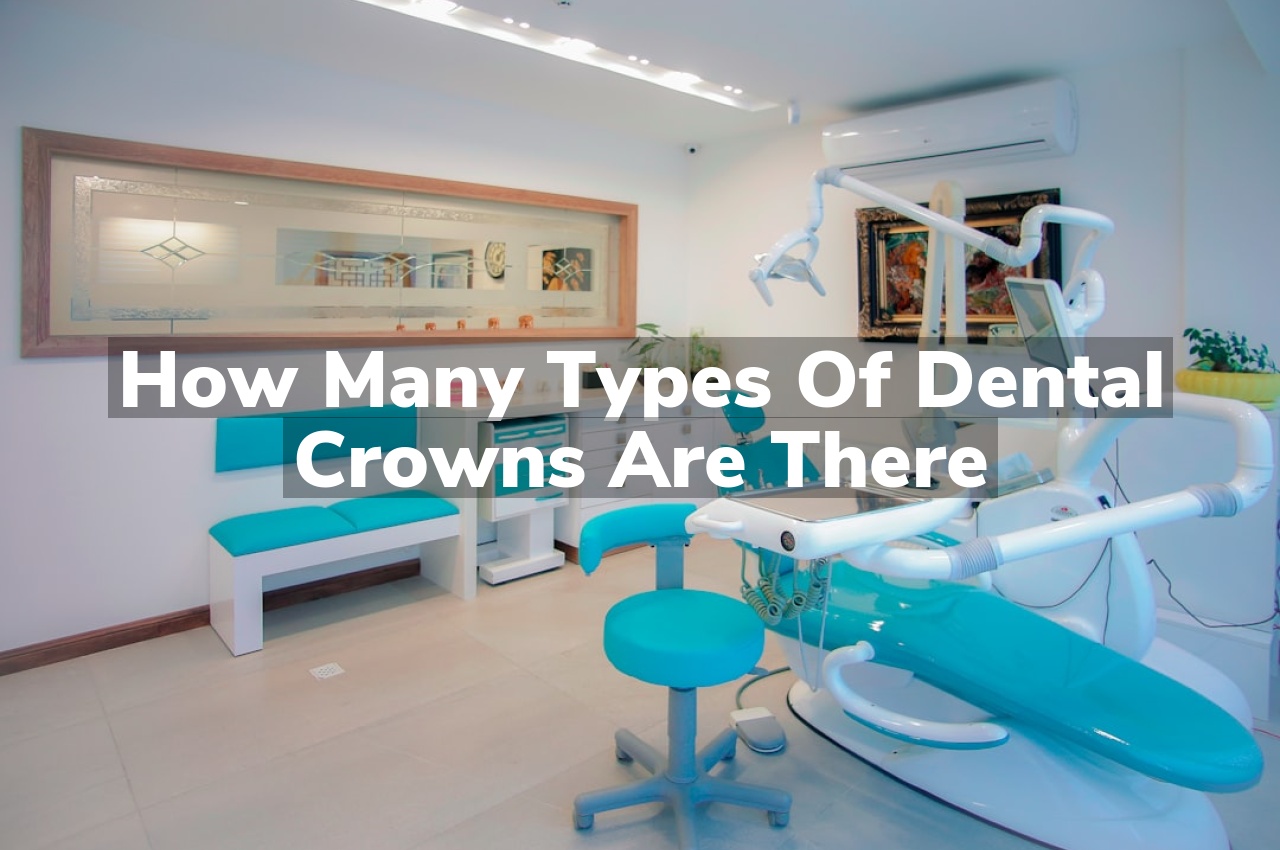Have you ever wondered how many types of dental crowns are available to restore your smile? Dental crowns come in various materials, each suited for different needs and preferences, ranging from metal to porcelain. Understanding these options can help you appreciate the advancements in dental restoration technologies.
Exploring Porcelain Dental Crowns
When discussing the various types of dental crowns, porcelain dental crowns often come to the forefront due to their popularity and aesthetic appeal. Porcelain crowns are crafted to match the natural color of human teeth, which makes them particularly appealing for those looking to maintain a natural appearance.
Porcelain as a material is celebrated for its compatibility with the human body as well as its resistance to wear. It mirrors the translucency of natural teeth, which allows it to blend seamlessly with the rest of a person’s smile. This type of crown is typically used for front teeth restoration due to its natural-looking characteristics.
Understanding the different types of dental crowns available, including porcelain, can help individuals appreciate the advancements in dental restoration technologies and materials. Porcelain crowns represent just one option among many, catering to specific aesthetic and functional needs.
Types of Dental Crowns
Ceramic crowns are highly favored for their aesthetic appeal and body compatibility. Made from porcelain-based materials, they provide a natural color match, making them ideal for front teeth. Their biocompatibility reduces the risk of allergic reactions, ensuring safety for many patients.
Ceramic crowns also boast a high degree of durability and resistance to wear. Although they are slightly more brittle than metal-based crowns, modern ceramic materials offer considerable strength. When properly maintained, these crowns can sustain the demands of daily dental function.
For those considering their options, exploring the Quality Dental Crowns in Meridian can provide further insights into the types of dental crowns available and their respective benefits.
Gold Crowns: A Classic Choice
Gold crowns have been used in dental restoration for their durability and biocompatibility. Known for withstanding biting and chewing forces, gold crowns are made from an alloy of gold, copper, and other metals, ensuring long-lasting performance. Despite changing aesthetic preferences, gold crowns are valued for their minimal wear on adjacent teeth and their longevity.
Stainless Steel Crowns Overview
Stainless steel crowns are primarily used in pediatric dentistry for their durability and protective qualities. They safeguard a child’s primary teeth from further decay or damage until permanent teeth emerge. Pre-fabricated and temporary, these crowns are a practical choice for preserving children’s dental health. For more information on the different types of dental crowns, consider visiting Alliance Dental Care, your trusted Meridian Dentist.
Composite Resin Crowns Unveiled
When exploring the various types of dental crowns available, Composite Resin Crowns stand out due to their affordability and the ease with which they can be shaped to match your natural teeth. Ideal for patients looking for a cost-effective solution, these crowns are made from a blend of plastic and glass, which makes them less durable than other types but excellent for temporary fixes or low-stress areas such as front teeth. Their ability to be color-matched makes them a popular choice for those aiming to maintain a natural look without the higher cost of porcelain or ceramic crowns.
Zirconia Crowns: A Closer Look
When exploring the various types of dental crowns available, Zirconia crowns stand out due to their exceptional durability and aesthetic appeal. Made from zirconium dioxide, a highly durable material known for its strength and longevity, Zirconia crowns are a popular choice among those looking for a blend of functionality and natural appearance. They resist wear and tear, do not chip easily, and are biocompatible, meaning they are less likely to provoke the body into producing a reaction. Their translucency and color can be matched to the surrounding teeth, making them a favored option in cosmetic dentistry. This makes Zirconia crowns a significant consideration in the discussion of the types of dental crowns, especially for patients prioritizing a blend of durability and aesthetic quality in their dental treatments.
Temporary vs. Permanent Crowns
When exploring the types of dental crowns available, it’s essential to understand the distinction between temporary and permanent crowns. Temporary crowns are typically made from acrylic-based materials or stainless steel and serve as a placeholder until a permanent crown is crafted from more durable materials. On the other hand, permanent crowns come in various materials, including composite resin. Composite resin crowns are particularly valued for their aesthetic appeal and the ability to closely match the natural color of your teeth. They provide a balanced solution for those seeking a durable yet visually pleasing option in their dental restoration choices.
Pediatric Crowns: Special Considerations
When exploring the various types of dental crowns, it’s crucial to consider pediatric crowns, which cater specifically to children. Pediatric dental crowns differ significantly from adult crowns in material, application, and purpose. They are typically designed to be more temporary, often made from stainless steel or polycarbonate, and focus on preserving the health and spacing of a child’s developing permanent teeth. Special considerations must be taken regarding the child’s comfort and anxiety levels, the durability of materials, and the ease of procedure. Understanding these unique aspects is essential when selecting the right type of dental crown for a child.
Evolution of Dental Crown Materials
The evolution of dental crown materials has significantly expanded the types of dental crowns available to patients. Initially, crowns were predominantly made from gold or other metals, valued for their durability. However, as technology and materials science have advanced, so too have the options. Porcelain, ceramic, and composite resins have been developed to provide more aesthetically pleasing solutions that better mimic the natural appearance of teeth. Additionally, advancements in metallurgy have led to the creation of porcelain-fused-to-metal crowns, which offer a balance of strength and beauty. Each material brings distinct advantages, catering to different needs and preferences in dental restoration.
Conclusion
Exploring the various types of dental crowns can help you understand your options. For further inquiries, call us at 208-646-9461 or read our reviews on Google Maps.




